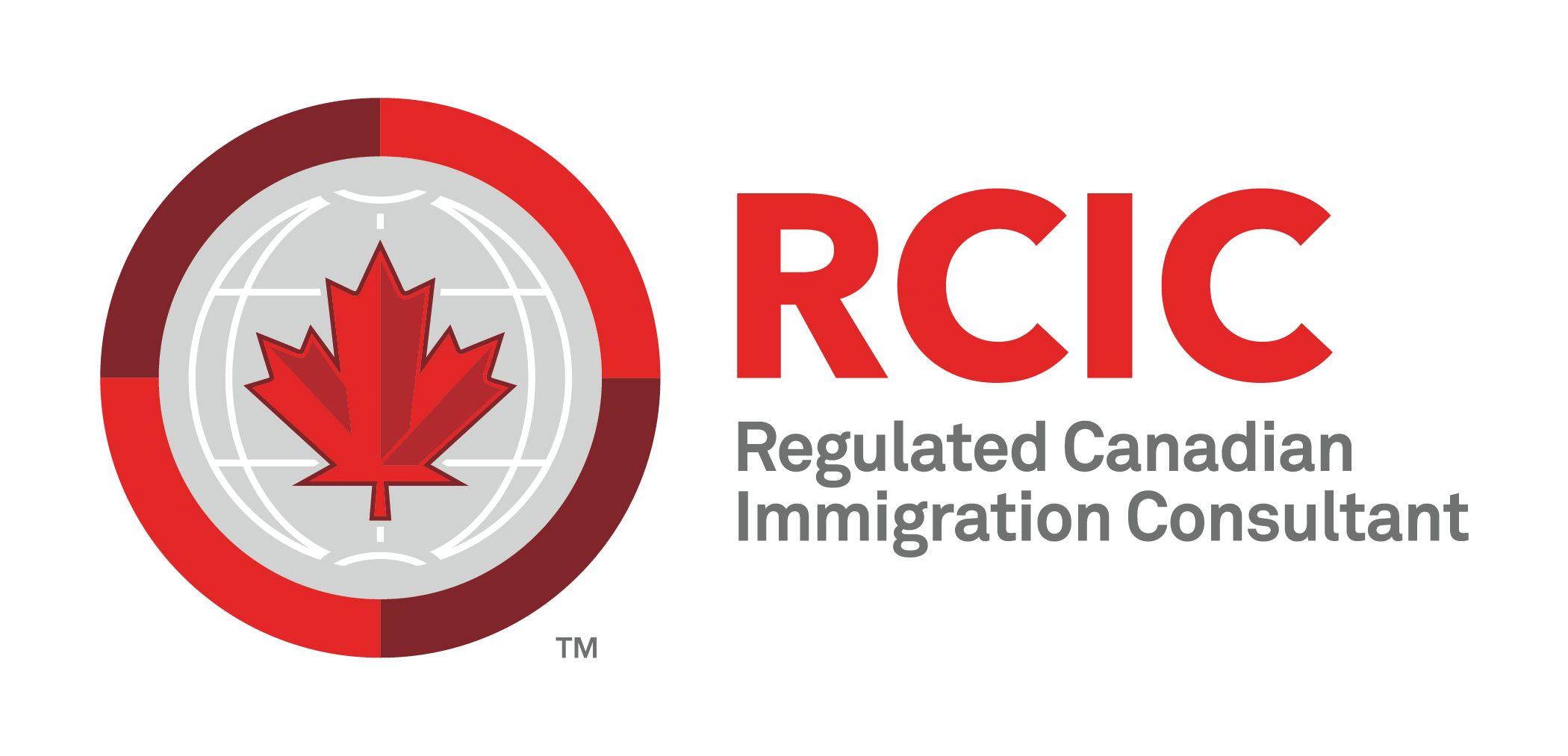ESDC updated LMIA processing time 2024
November 26, 2024

Employment and Social Development Canada, on November 20, 2024, modified the LMIA processing time 2024 for various streams. This is an important update that will help job seekers understand average timelines of processed LMIA applications across Canada. While the majority of streams show an increase in few with minimal rise, there is a learning curve for those planning to apply.
Whether you’re an employer planning to hire foreign workers or a skilled individual hoping to contribute to Canada’s economy, understanding the LMIA processing time 2024 landscape is critical. Let’s dive into the changes and their implications.
Understanding the LMIA Process and How the LMIA Processing Time 2024 Impacts Hiring Plans
The LMIA is a document the Canadian employers must obtain before hiring foreign workers. It proves that no Canadian citizen or permanent resident is available to fill that position, ensuring that the hiring of a foreign worker would not bring harm to Canada’s labor market.
The LMIA application will always occur under specific streams depending on the nature of the job and nature of the role of the worker. For instance, LMIA processing time 2024 can take a big toll on hiring plans, and hence, the recent update from ESDC is relevant for employers in making proper planning to avoid delay in process.
Confused about LMIA processing times? Get our expert guide on securing an LMIA job faster—without costly consultants!
Summary of Updated LMIA Processing Times
The following are the new processing times based on averages from all processing centers:
- Global Talent Stream: 8 business days. It has been reduced by 1 day.
- Agricultural Stream: 13 business days. It has been reduced by 2 days.
- Seasonal Agricultural Worker Program: 7 business days. This has increased by 1 day.
- Permanent Residence Stream: 105 business days. It has increased by 5 days.
- High-wage Stream: 56 business days. It has increased by 3 days.
- Low-wage Stream: 52 business days. It has increased by 1 day.
Why Processing Times Vary?
LMIA processing times can shift depending on the number of applications, employer compliance levels, as well as the demand for the offered job positions. Applications for high-demand positions in certain instances proceed more quickly than those which are delayed. It is by understanding such determinants that applicants manage to set realistic expectations and plan accordingly.
Key Takeaways from the Updated Processing Times
- Positive Changes in Priority Streams
The Global Talent Stream remains one of the speediest LMIA categories, averaging just 8 business days, down from 9. The reduction in LMIA processing time 2024 drives further evidence for Canada’s commitment to attracting the high-skilled workers who drive innovation in critical sectors, such as technology and engineering. Conversely, the Agricultural Stream has improved with 13 business days seen instead of the prior 15 business days.
This LMIA processing time 2024 is imperative to Canada’s agricultural employers who regard foreign workers as very important employees to supplement seasonal calls for labor.
2. Increased Wait Times in Other Streams
While some streams improved, others increased. For example:
- The Permanent Residence Stream now averages at 105 business days, up from 100.
- The High-wage Stream increased to 56 business days.
- The Low-wage Stream is now at 52 business days, and employers have to do more planning up front.
The Seasonal Agricultural Worker Program increased by a lesser margin to 7 business days, indicating growing demand for workers during peak harvest times.
Implications for Employers and Applicants
For Employers
The revised LMIA processing time 2024 requires the employer to file an application as early as possible and also prepare themselves. Those who are hiring through streams taking a longer time to process applications need to plan hiring strategies several months in advance to avoid delays in their process.
The Global Talent Stream and the Agricultural Stream both enable employers to utilize processing times that are shorter, which means streamlined recruitment. Shorter times work well for such sectors where labor scarcity is extremely urgent.
For Applicants
For foreign workers, the renewed timelines indicate that you should:
- Stay in close communication with your employer to ensure all documents submitted are submitted on time.
- Prepare for longer waits if you’re applying under the Permanent Residence or Low-wage Stream.
- Explore any opportunities under faster streams, such as the Global Talent Stream, if eligible.
Why Processing Times Matter?
The length of time for approval of an LMIA is relevant to employers, workers, and even Canada’s economic sectors. Technology, agriculture, and construction mainly rely on timely clearance to meet labor demand. A delay here can jeopardize projects, hurt business, and discourage even foreign talent from choosing Canada.
On the other hand, streamlined processes in the Global Talent Stream show that Canada works to stay on par with other countries to be a true leader around the globe, especially concerning innovation and skilled immigration. “The updated LMIA processing time 2024 puts it right.
While some improvements have been shown in some, others need strategic planning to avoid disruption. Employers and applicants should be ready to adapt to such updates if they want to successfully reach their goals.
LMIA approval letter
An LMIA approval letter is an official document issued by Employment and Social Development Canada (ESDC) after the Labour Market Impact Assessment application of the employer is approved and processed successfully in Canada. The letter confirms that the employer meets the requirements for hiring a foreign worker for a specific role and that employing the worker will not have negative impacts on the Canadian labor market.
LMIA processing time 2024 is an important factor that employers must consider when planning to hire a foreign worker, as processing times may vary depending on the specifics of the application.
Given the LMIA processing time 2024, which varies across different streams, employers must plan their hiring process carefully to ensure timely submission and approval. The approval letter is a crucial step in the immigration process, as the foreign worker will need it to apply for a work permit.
After LMIA is approved, What is the next step
Once a LMIA has been approved, the process involves the employer giving a copy of the approved LMIA and job offer letter to the foreign worker. These documents are basic necessities that must be met for one to apply for a work permit.
The foreign worker has to apply for a work permit with IRCC with the LMIA approval letter, job offer, and other requisites such as proof of qualifications, passport, and biometrics. Even though the LMIA processing time 2024 is subject to change based on the stream, the actual processing time of the work permit at the hands of IRCC is relatively lucid.
If the work permit is approved, the foreign worker can start working in Canada according to what is stipulated in the LMIA and the work permit. It is critical that both employers and workers comply with all conditions stipulated in the LMIA and immigration regulations.
If you want to know more details about “ESDC updated LMIA processing time 2024“ you can contact one of our immigration specialists at Gunness & Associates.
Please Book an Appointment with a Member of Our Assessment Team!
Book an Appointment Now with Gurleen!
Book an Appointment Now with Sahitya!
Gunness & Associates has helped thousands of people successfully immigrate to Canada with their families. Our skilled and experienced immigration experts have the expertise to accurately examine your case and advise you on the best method of proceeding to serve your needs.
For honest and straightforward advice, contact the experts
Get a free Assessment
Join our newsletter and get up-to-date immigration news Click here
All rights reserved ©2024 Gunness & Associates







